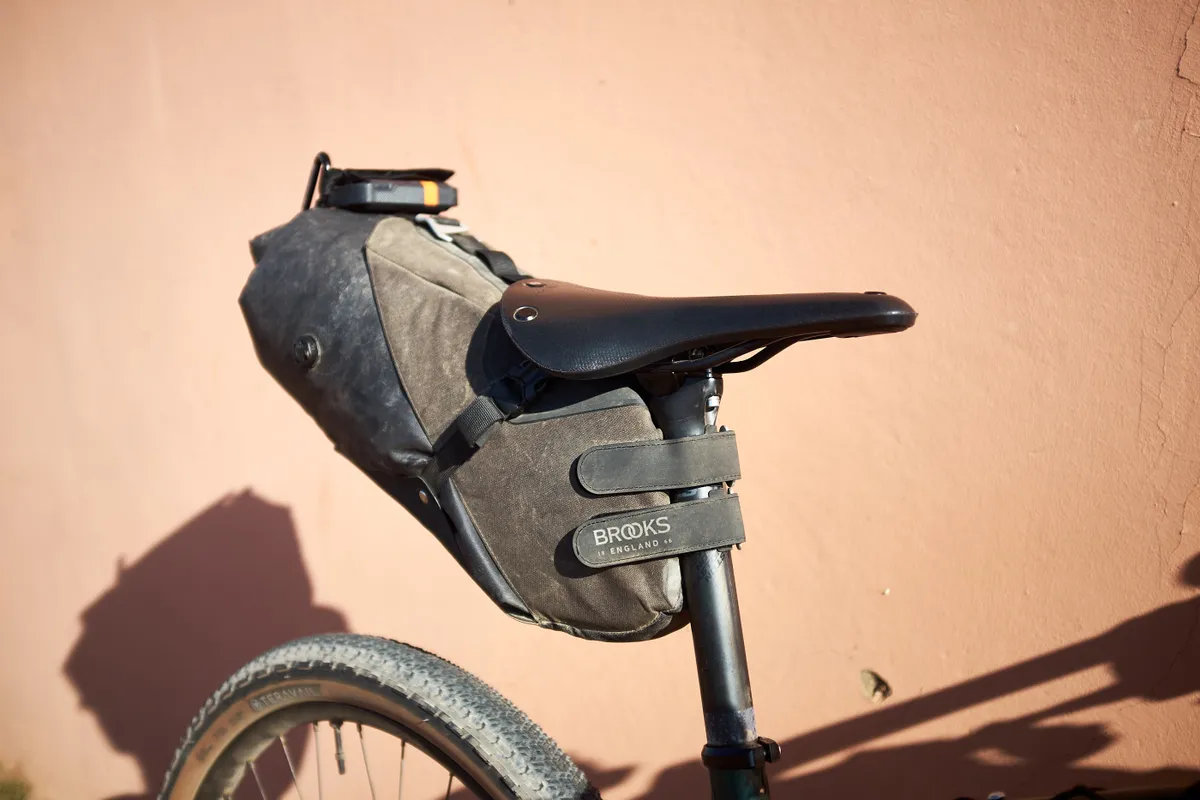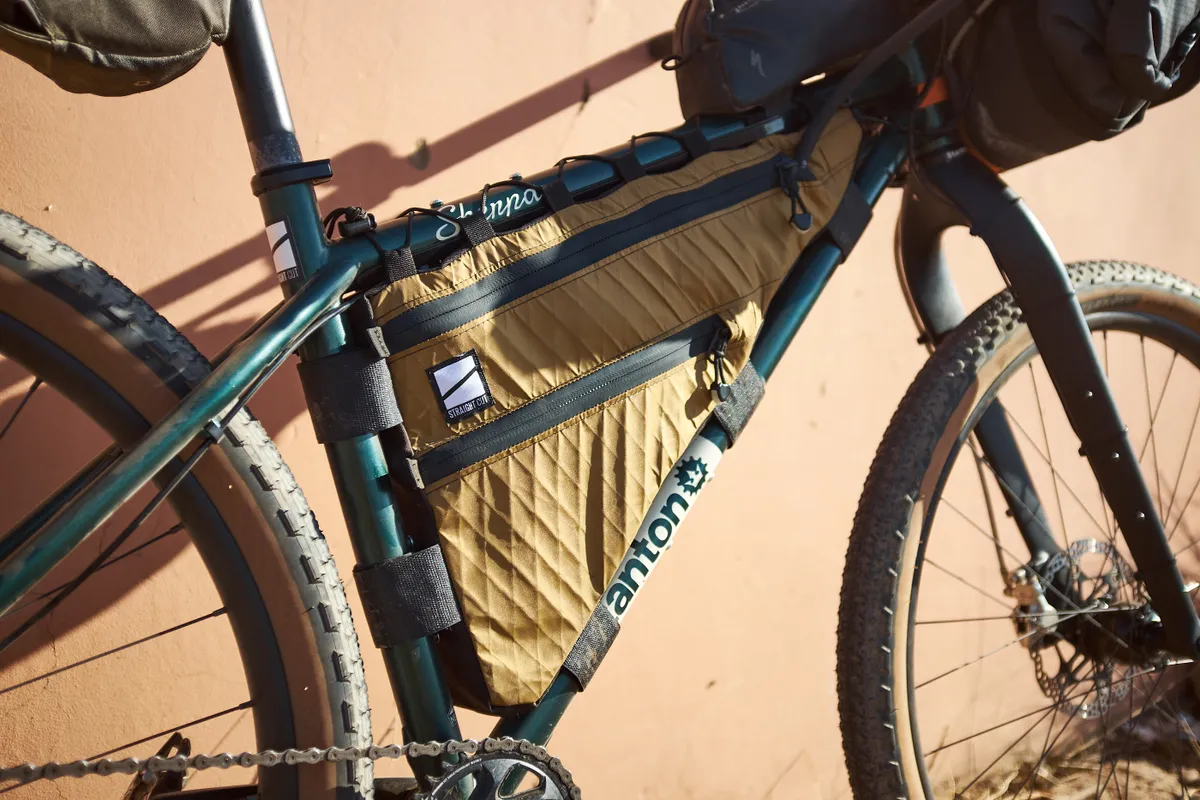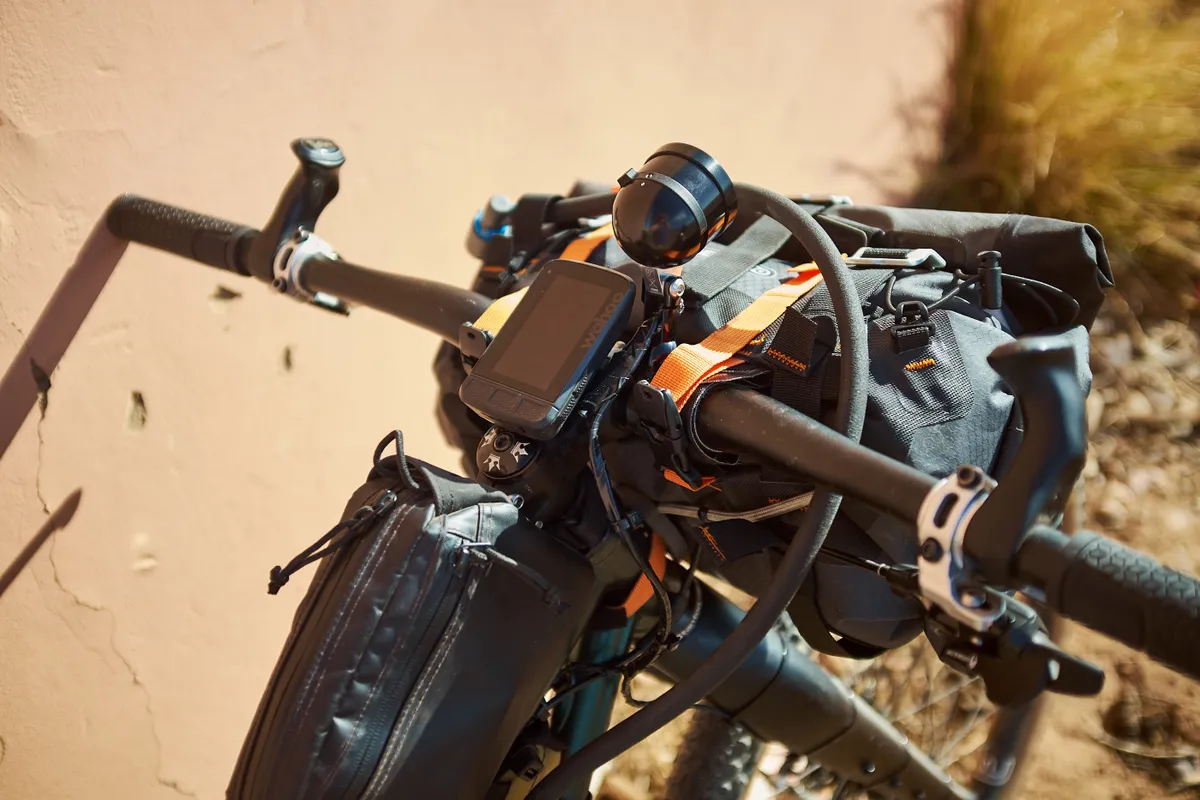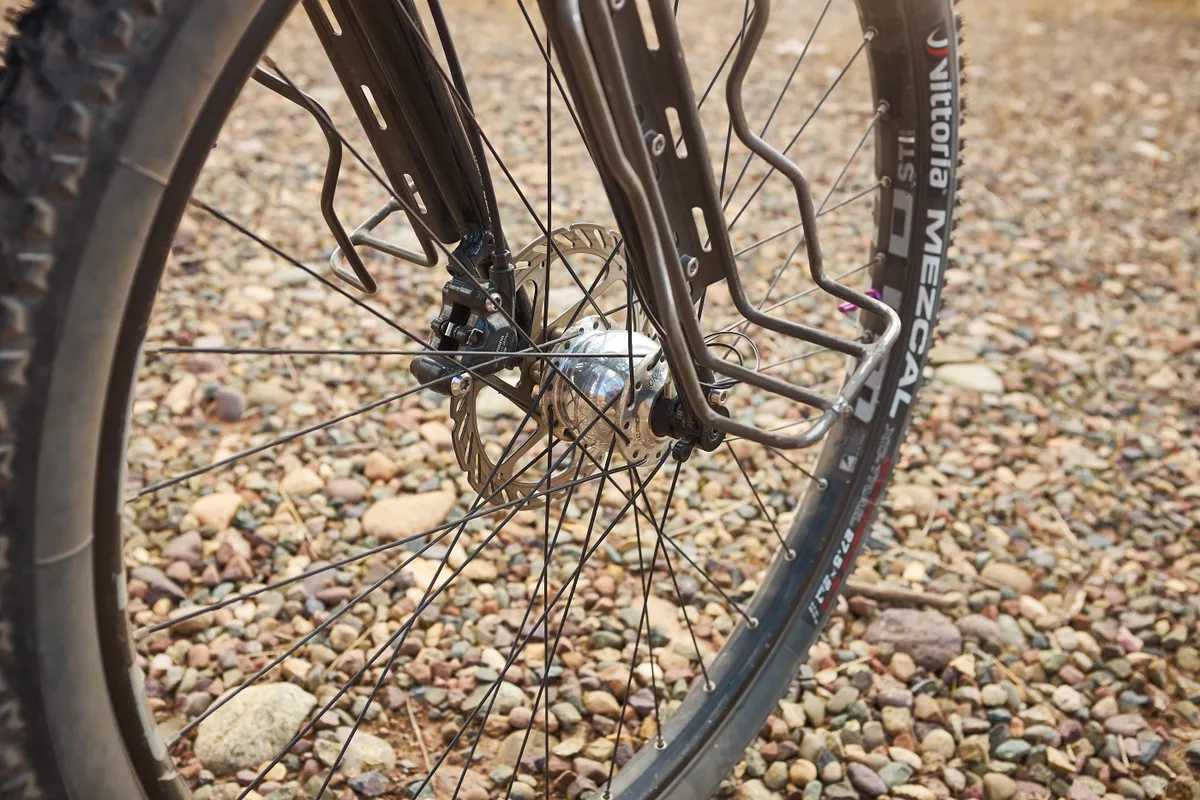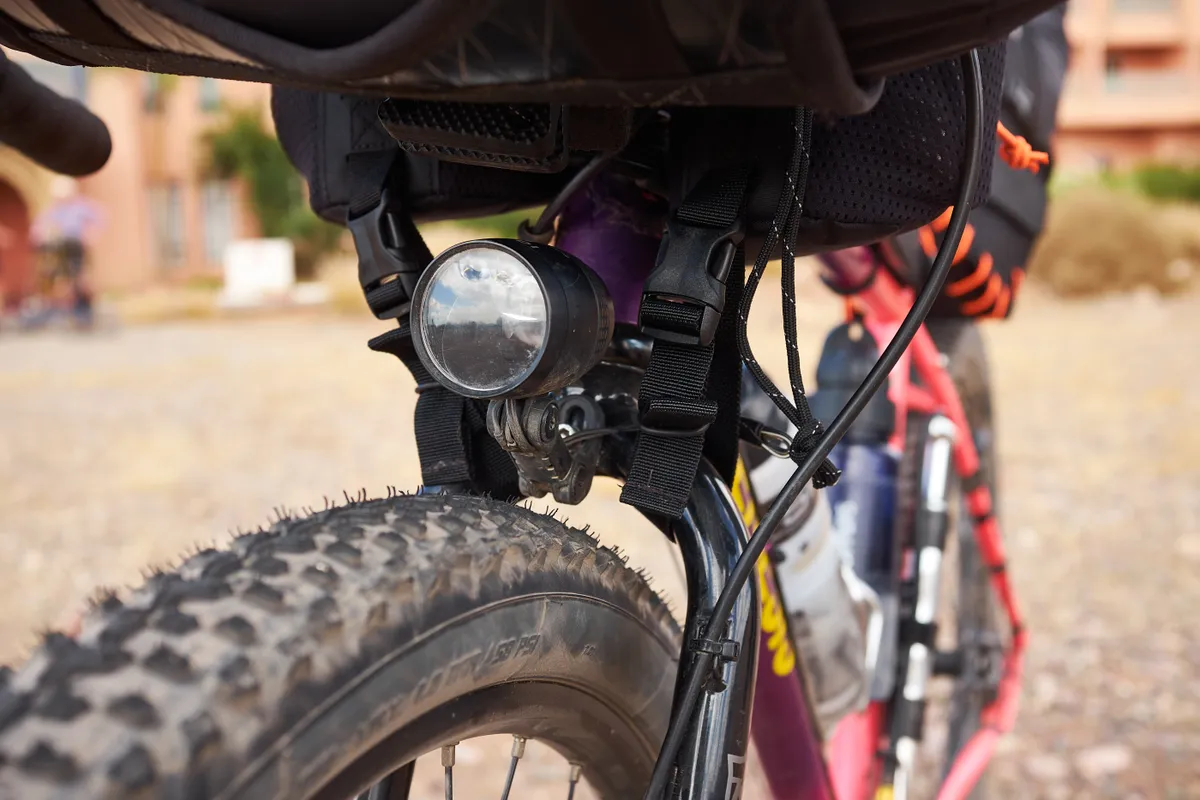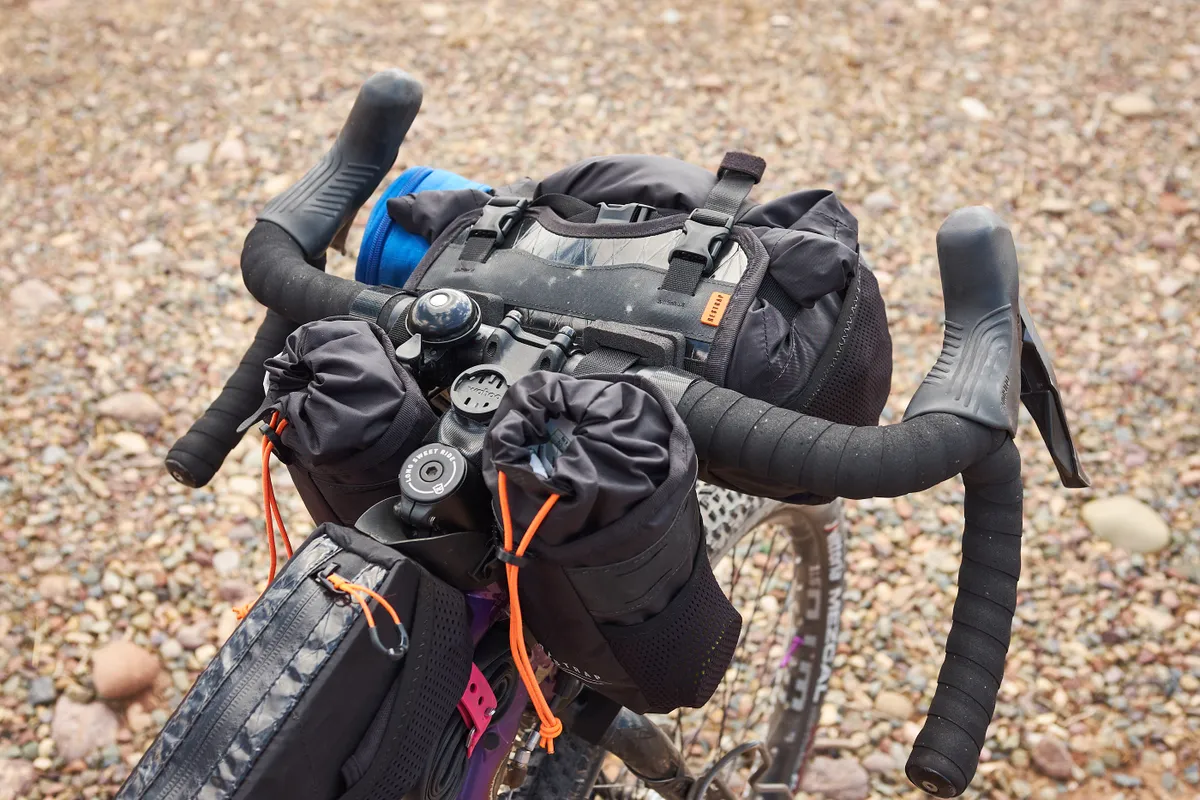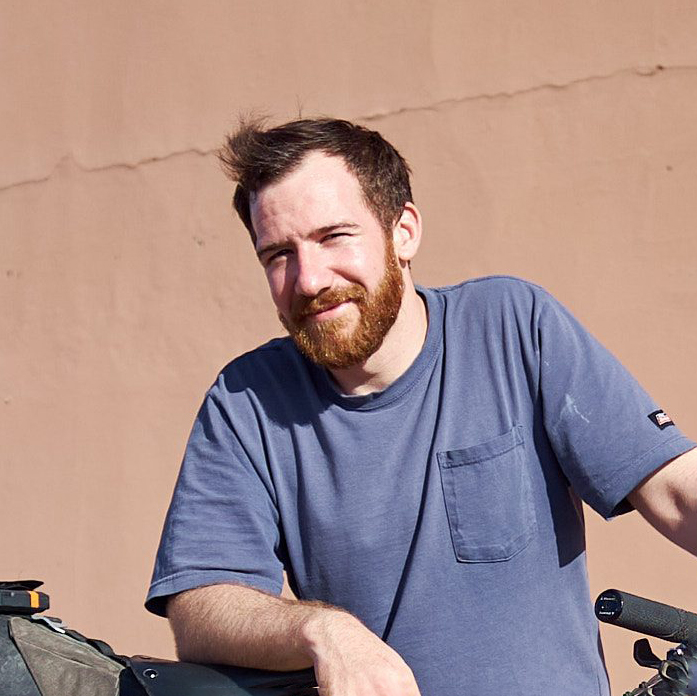The 2022 Atlas Mountain Race (AMR) covered 1,171km of riding through mid-Morocco with a total elevation of 16,720m – though all who finished the race think that may have been an underestimation.
Of that 1,171km, online route planners suggest about 368km of the ride is paved – the rest is either natural (rough gravel), unpaved (very rough gravel), gravel (terrible gravel), paved (sand, probably) or unknown (bricks, rocks and entrances to opencast mines).
Along the way were large stretches with no food, no water and no shelter. Goat tracks so steep that walking was treacherous. Roads that had collapsed beyond all recognition. Oh, and specially imported Belgian headwinds that defied the concepts of north, south, east and west.
For this, there can be no right bike.
Unlike the Trans-Continental Race or similar ultra-distance events, where one type of bike proliferates, the start line of AMR is a motley collection of two-wheelers.
Everyone has their own idea of what will work best (or what they think will work best), but they generally fall into three camps: gravel bikes, hardtails and full-suspension mountain bikes. Here, we take a look at a bike from each school of thought.
If you want to get a sense of just how hard the race is, check out our full report from Jordan Gibbons.
Here, Jordan talks us through three of the key bikes from the race, starting with his own…
Jordan Gibbons’ Stanton Sherpa
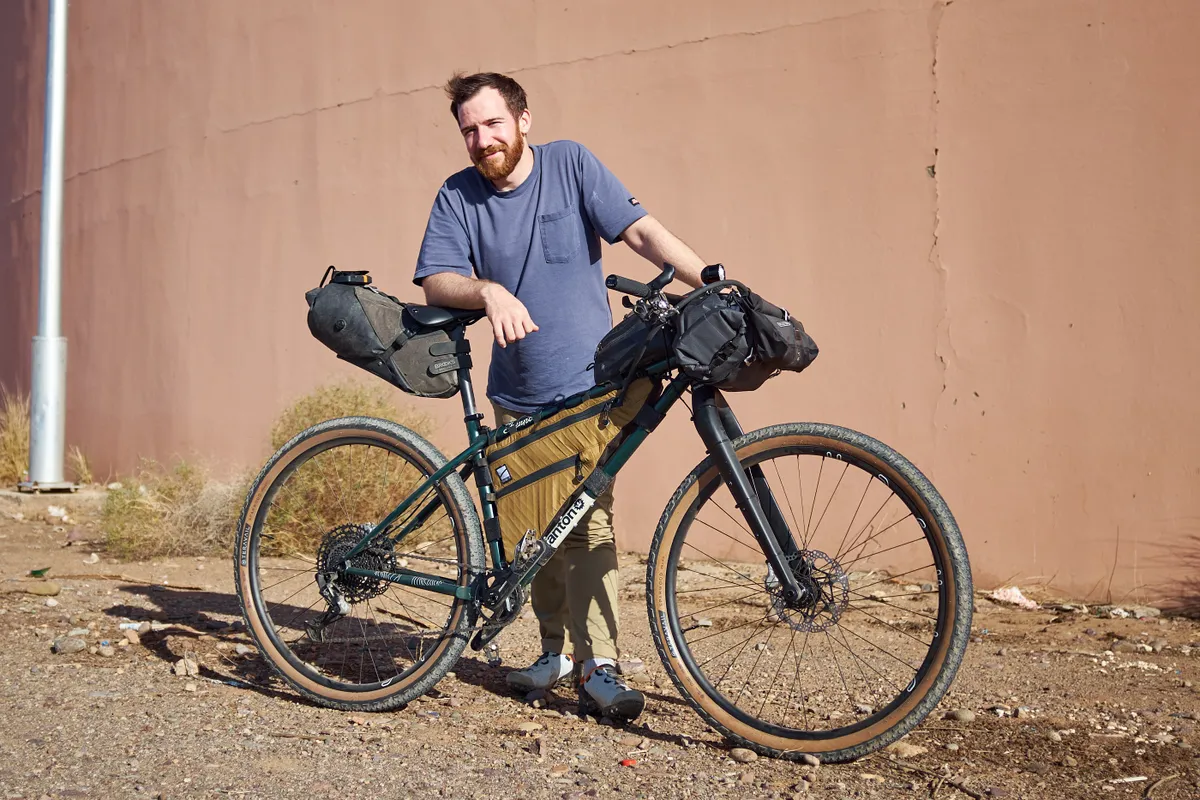
- Palmares: 7th in the Rapha SSCX about 10 years ago
- Finishing position: Scratched at 380km
Like many people, I spent a long time planning what bike I was going to ride at the AMR, only to change it a few weeks before.
I was originally intending to ride my Brother Cycles Big Bro, but the frameset is geriatric with its old-school straight 1 1/8in steerer and 9mm quick-release dropouts. Not fancying building some dynamo wheels that would fit this bike and nothing else, I realised I needed a new fork – but really that meant I needed a new frame. That snowballed fast, didn’t it?
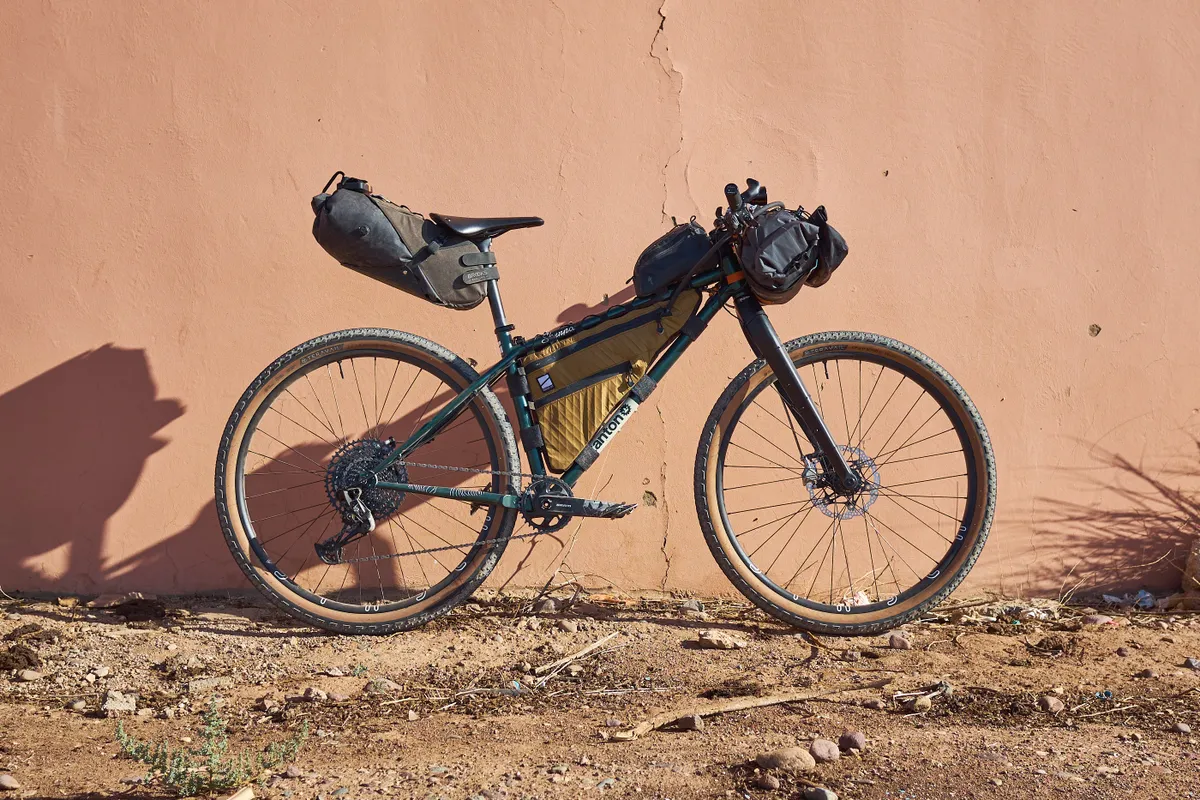
A friend recommended the Stanton Sherpa – this is similar to the Big Brother, albeit with more modern geometry. I ordered one double quickly, choosing British Racing Green because – just like the Jaguar cars it reminds me of – I am British, a racer and my best years are behind me.
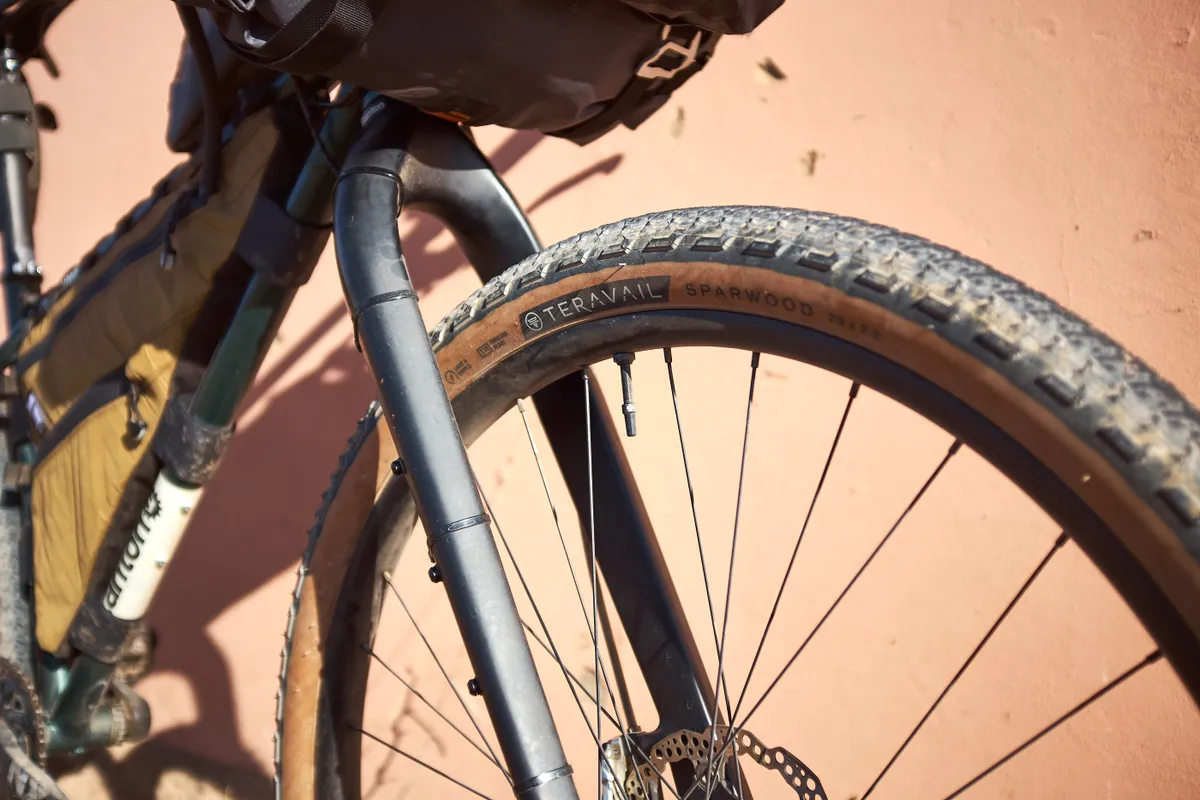
I opted for a rigid carbon fork because, having previously suffered a suspension fork fail mid-race, I was simply too paranoid to trust one for 1,200km of riding. Apart from one short stretch after I hurt my thumb, I never regretted that choice.
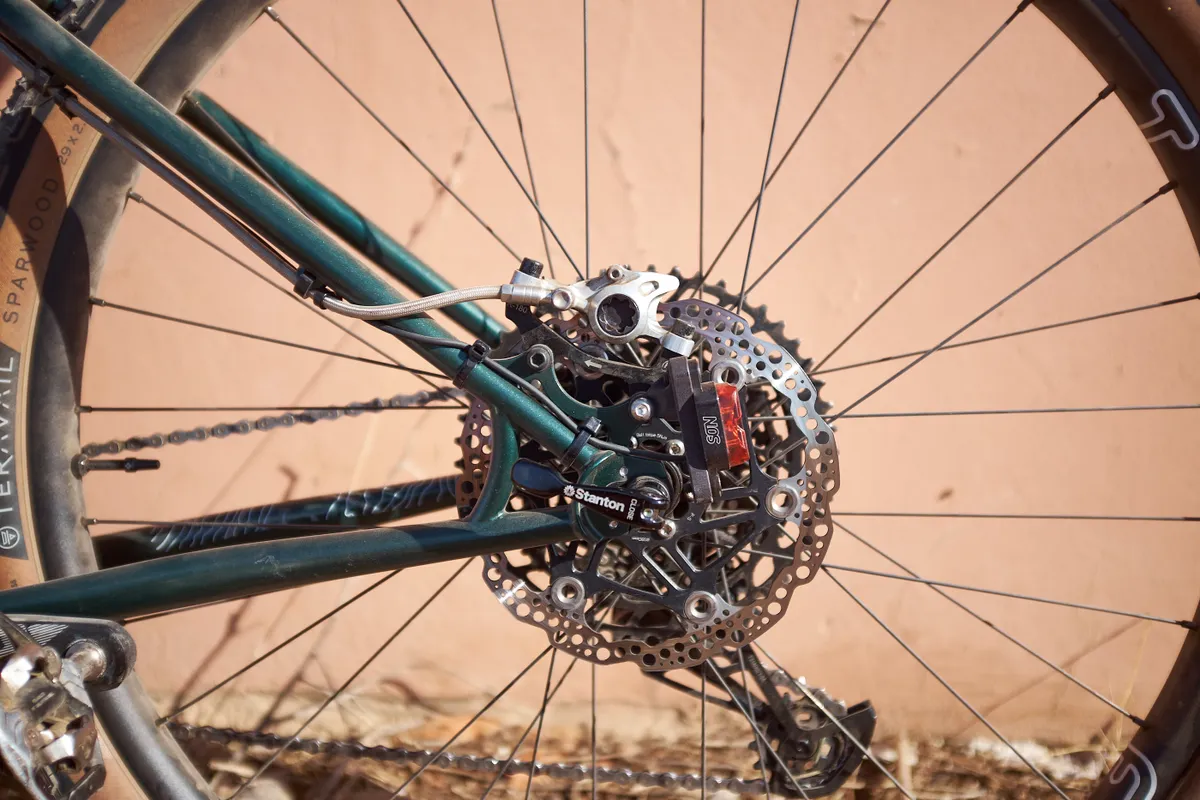
I specced a SRAM NX Eagle groupset because I wanted something simple that wouldn’t be expensive to replace if (when) I wrecked it. With a 32t chainring and an 11-50t cassette, I had plenty of range for steeper climbs. If it was steeper than I could pedal with gear, it was quicker walking.
For braking, I dug out an ancient set of Hope X2 brakes. These have been utterly faultless since I bought them. I paired them with 180mm rotors.
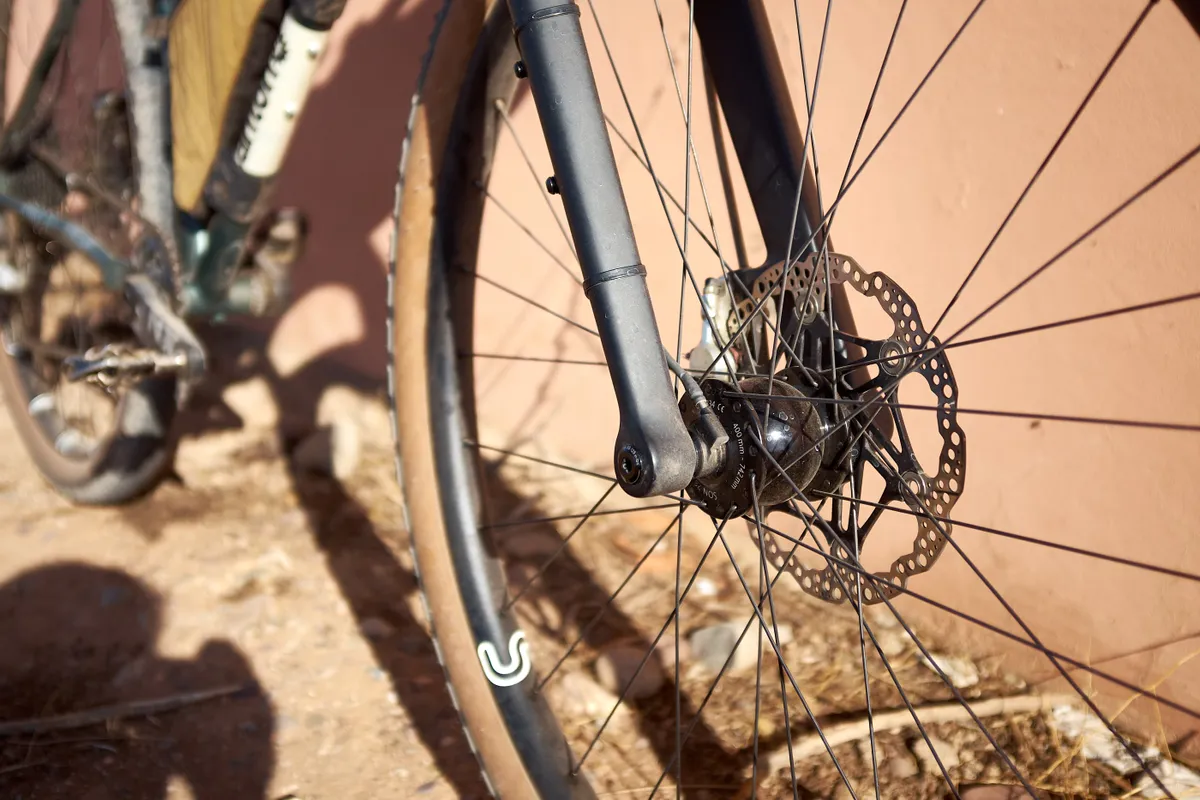
The bike rolled on a pair of Stayer Gravalloy rims laced to a Hope rear hub and a SON 28 dynamo. I opted for the light and supple versions of Teravail’s Sparwood tyres in 2.1in.
I carried my sleeping gear and Spot tracker in a Brooks Scape saddlepack. My warm layers, spare food and water went into an Ortlieb bar bag, while charging cables, a water bladder and mechanical ‘stuff’ lived in a custom Straight Cut Design frame bag.
Spec highlights:
- Stanton Sherpa 853 frame
- Bombtrack BPC rigid carbon fork
- SRAM NX groupset
- Hope X2 brakes
- SQlab grips
- SON Edelux II light
- Apidura 3l bladder
- Stayer Gravalloy wheels
- Teravail Sparwood 29x2.1in tyres
Jochen Böhringer’s Orbea Oiz
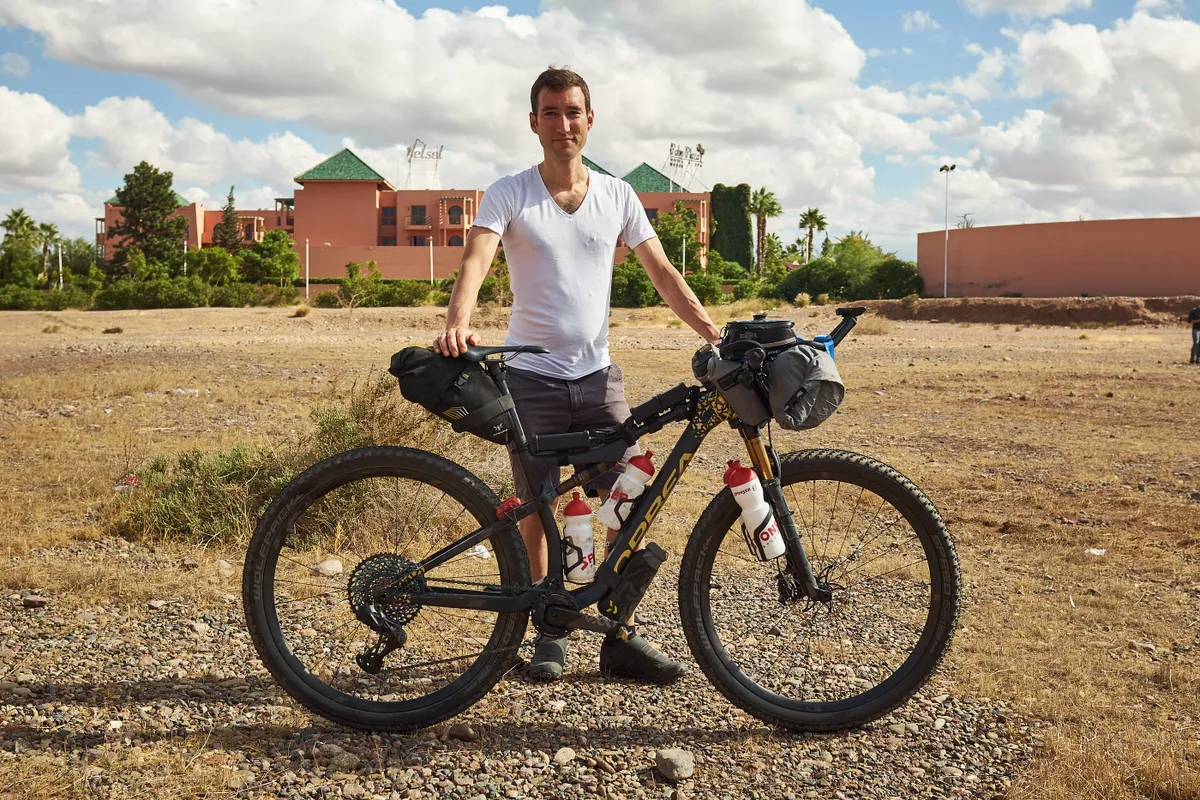
- Palmares: Winner of Italy Divide, multiple winner of Hope 1000
- Finishing position: 2nd
You may think that riding a full-suspension mountain bike over long distances would be slower, but Jochen Böhringer’s second place at this year’s AMR should make you reconsider.
Böhringer said he chose to race on the Orbea Oiz because the increased comfort afforded by the suspension was worth it for the weight penalty.
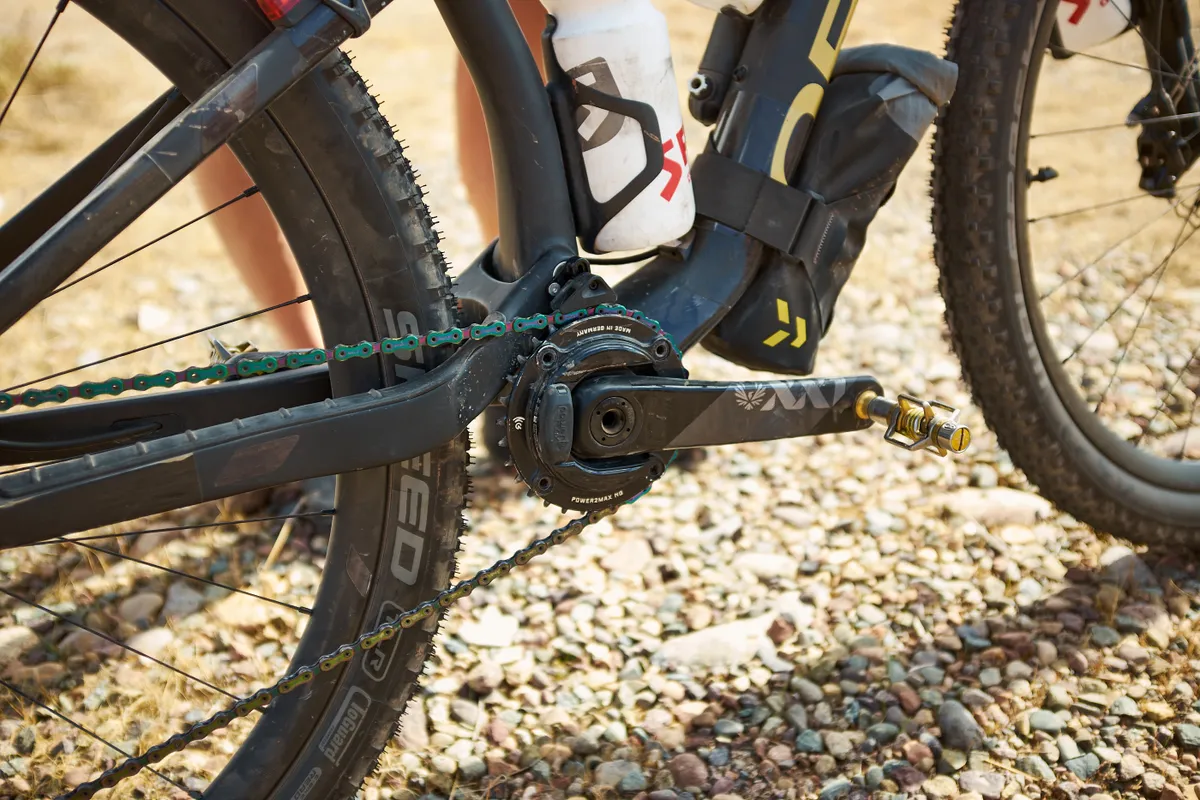
The bike was mostly stock, bar the addition of aero bars and a Power2Max power meter. Böhringer said he finds this essential for stopping himself from riding too hard early on in races.
He chose water bottles over a hydration bladder, because it’s easier to mix carb or electrolyte drinks and wash them out after, plus he finds it gives him better insight into just how much water he has left.
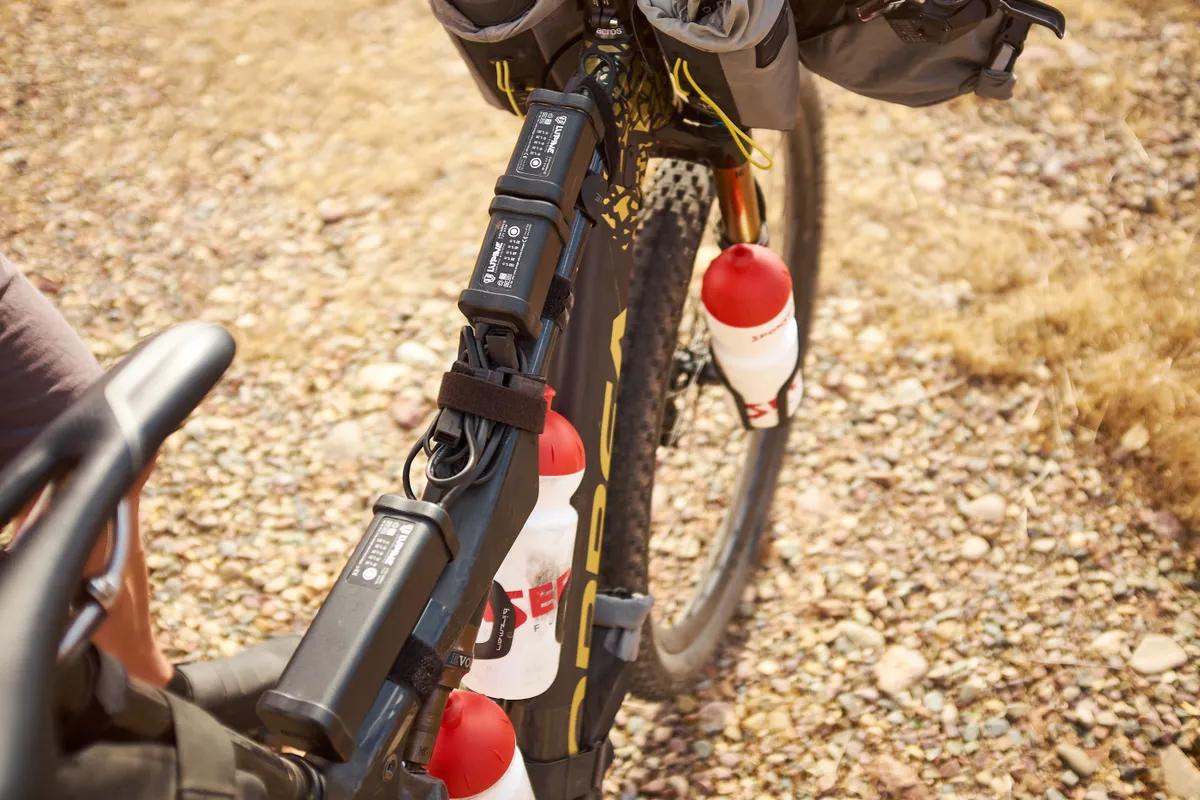
Interestingly, Böhringer opts for battery-powered mountain bike lights from Lupine, rather than a dynamo light setup.
Dynamo-powered lighting setups are popular in the ultra-endurance racing world, where riding through the night is usually a must. The infinite run time of a dynamo setup means battery anxiety is eliminated.
Böhringer says he opted for a battery setup because, with many bikes in his stable, investing in a dynamo setup for each would be impractical (battery-powered lights can be moved easily from bike to bike).
Also, thanks to his impressive performance, Böhringer was out on the course for less time than most riders, so he was confident the battery-powered lights would last the length of his ride.
On that note, Böhringer's setup is notably lightweight.
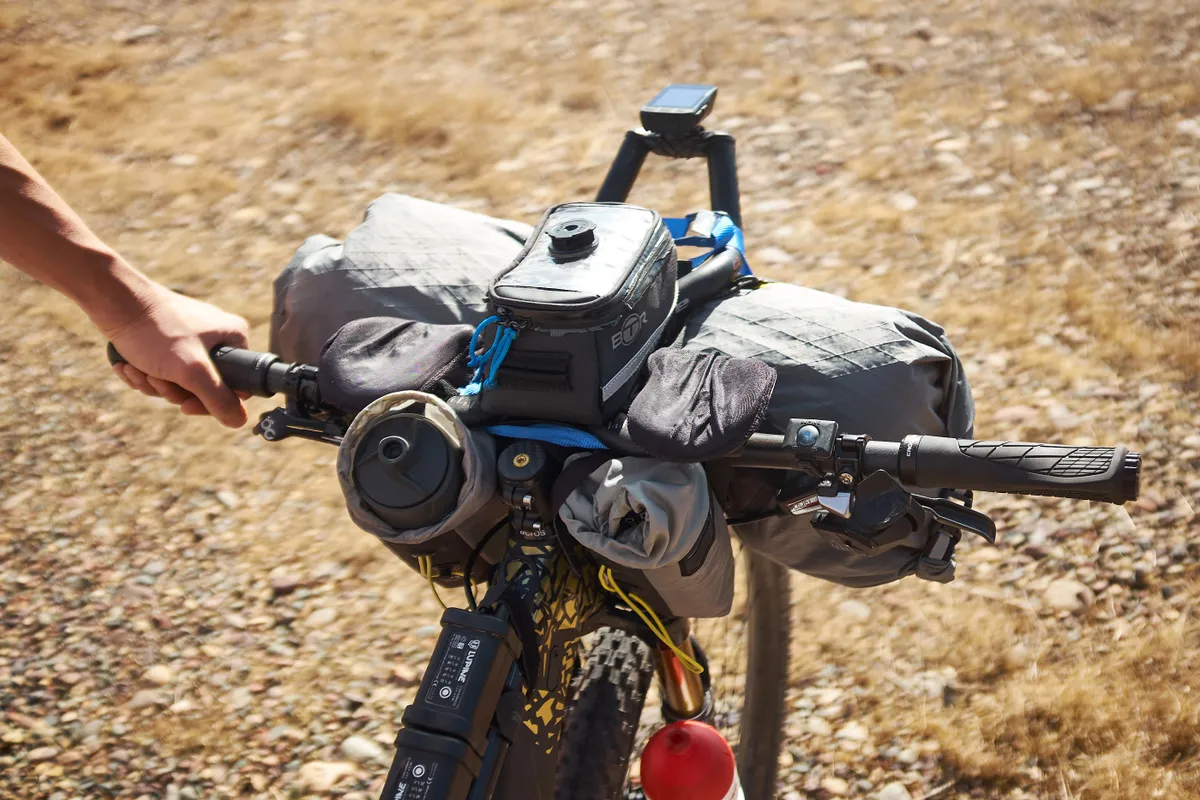
In a typical race, he will stop for only an hour or two per night at most, so he doesn’t carry full sleeping gear.
Instead, he packed a foil-blanket-type MSR E-bivy and jumped inside that with a down jacket at the side of the trail. All of this lived in his Apidura front bag.
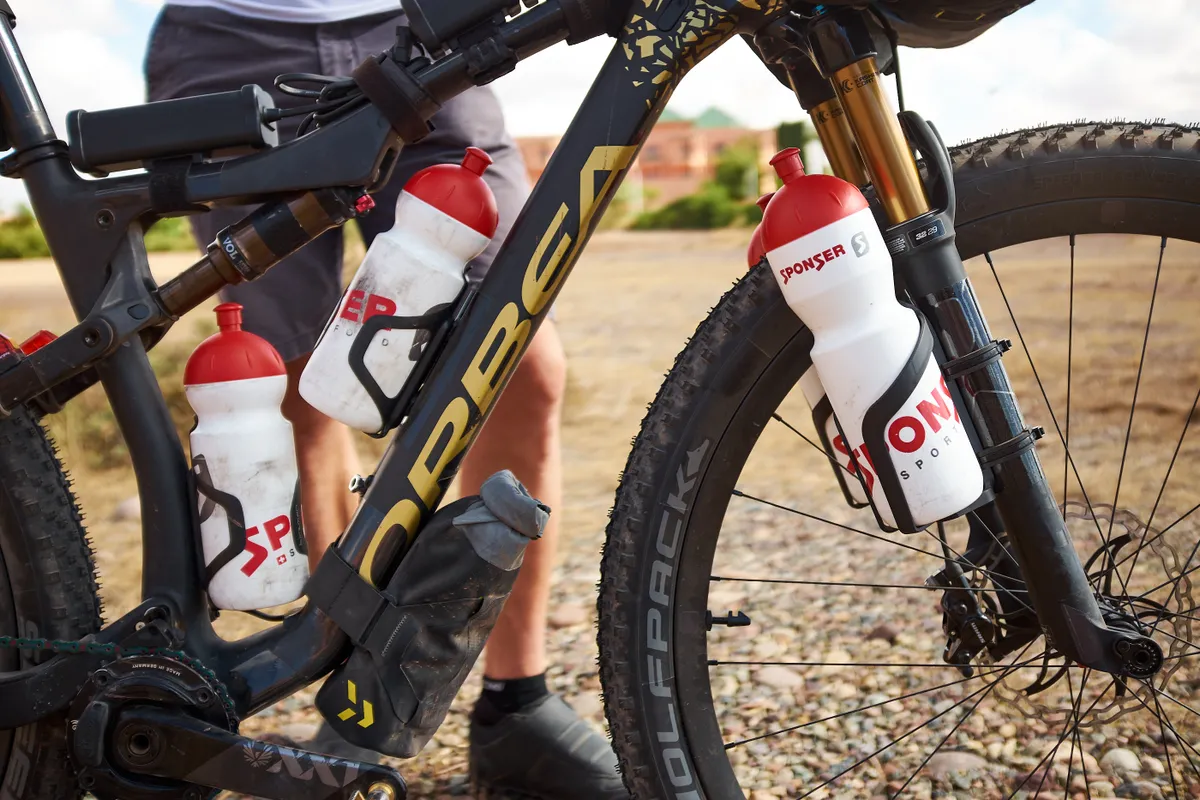
Böhringer's Apidura Race Pack under his saddle stored food, a few spares, some hygiene products and a small first aid kit.
His bike spares were in a dry pack under the down tube. They included the one thing I didn’t take and prayed I wouldn’t need – a spare SPD cleat bolt because, “if you lose one you’re screwed”.
Spec highlights
- Orbea Oiz carbon M-LTD
- Fox 32 Float Factory forks
- FOX i-line DPS Factory rear shock
- SRAM XX1 Eagle AXS groupset
- Power2Max crankset
- Lupine Alpha lights
- Wolfpack Speed 29x2.1in tyres
Jade Saskia Field’s Genesis Fugio 30
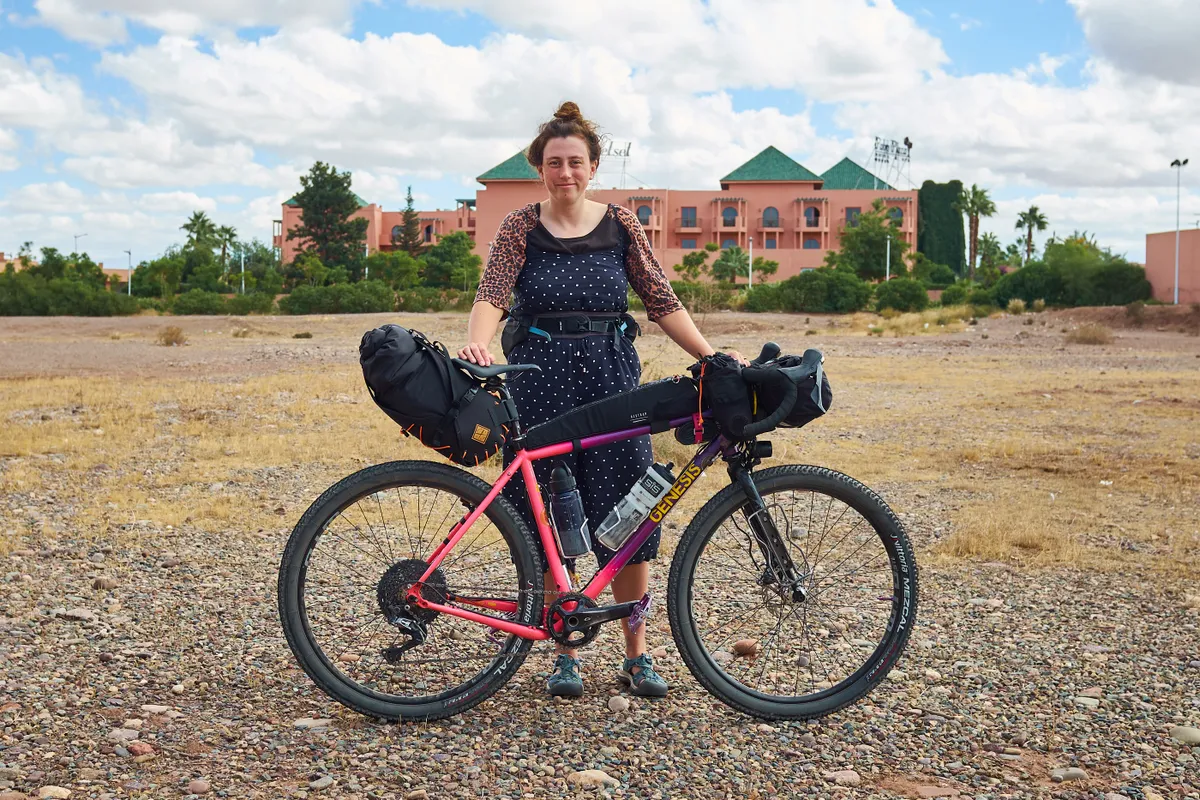
- Palmares: HT550 & Dales Divide finisher
- Finishing position: Joint 73rd with riding partner Carl Hopps
Jade Field’s Genesis Fugio 30 is her go-to bike for all of her riding.
Field's ridden plenty of off-road adventures on the Genesis, including the Highland Trail 550 and Dales Divide. In both events, she never really found it wanting because she describes herself as “not having the skills to ride the technical stuff anyway, so I usually just walk”.
She’d made a few changes to the stock bike, the biggest of which was swapping the carbon fork fora steel one, for the extra luggage-mounting options.
To counter the lack of suspension, Field used a pair of 2.1in-wide Vittoria Mezcal tyres.
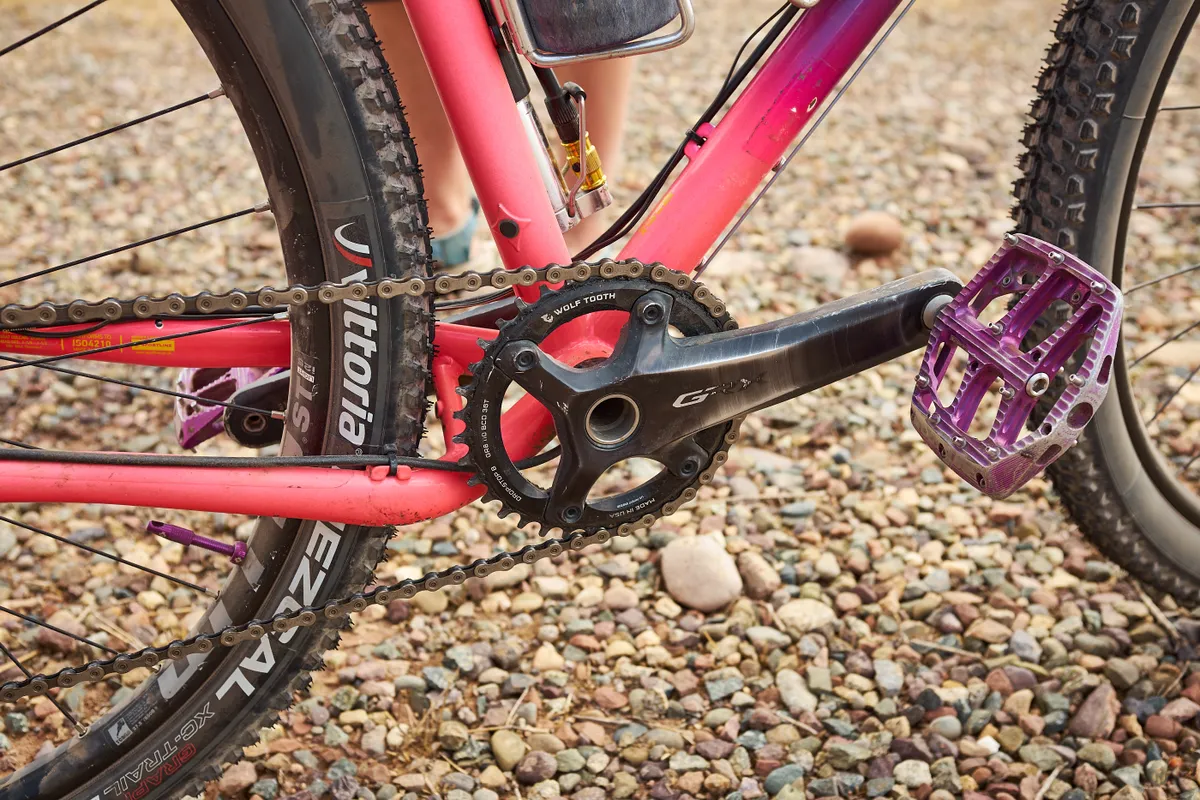
The stock Shimano GRX front chainring was swapped for a 36T Wolf Tooth for a lower climbing gear.
Lighting was taken care of by a B&M IQ front light, powered by a SON 28 dynamo hub, which was re-laced to the stock rim.
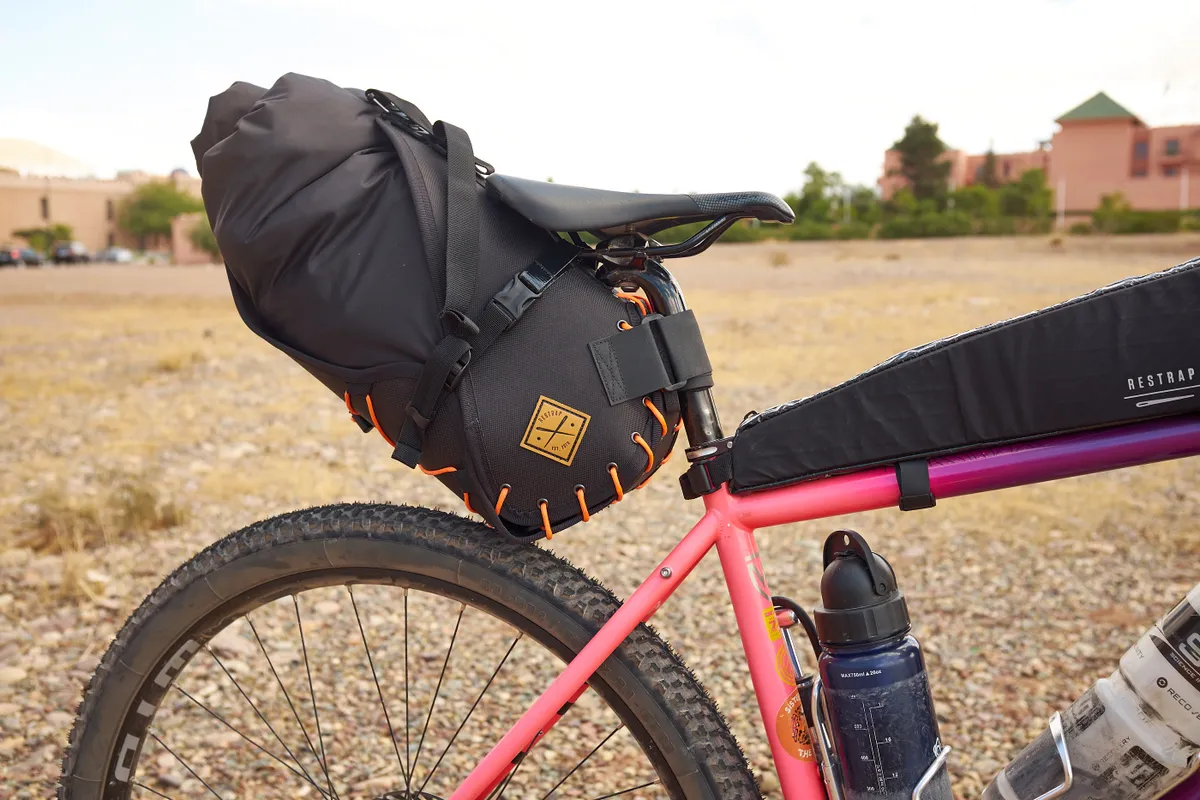
Field struggles with frame bags, instead opting for a huge Restrap top tube bag stuffed full of food.
Up-front, Field relied on two Restrap feed bags, plus a large bar bag with the sleeping mat and bivvy bag.
At the rear, Saskia used a mid-sized Restrap saddlepack, which was filled with her sleeping bag and spare clothes.
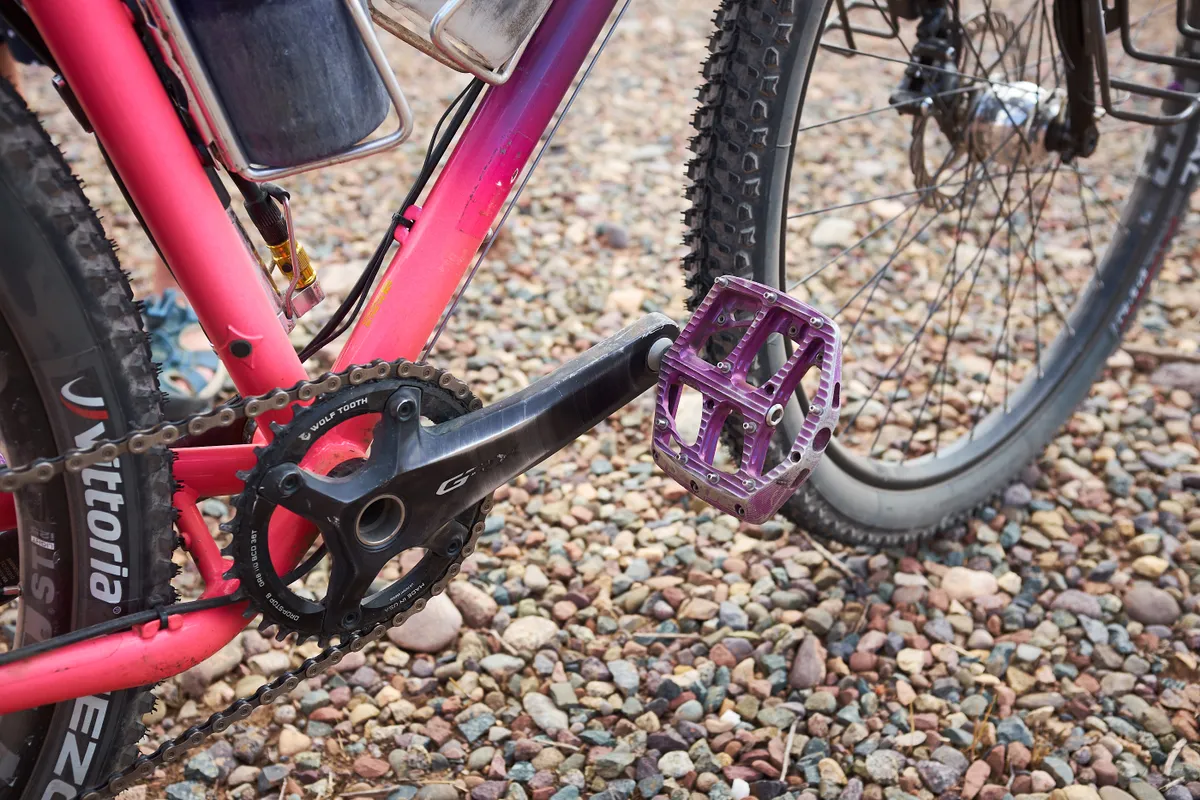
Perhaps the most interesting choices on the kit list were the Hope F20 flat pedals and Keen sandals.
Field chose the flats because she doesn’t feel confident enough off-road to ride clipped in and the sandals because, after any river crossings, her feet would dry in a couple of hours, rather than remain damp for days. Many riders were envious of her choice after a river crossing at the 260km mark.
Spec highlights
- Genesis Fugio 30 steel frame
- Genesis steel fork
- Shimano GRX mechanical groupset
- Wolf Tooth 36T front chainring
- Blackburn Outpost cargo cages
- B&M IQ dynamo light
- Hope F20 flat pedals
- Vittoria Mezcal 27.5x2.1in tyres
